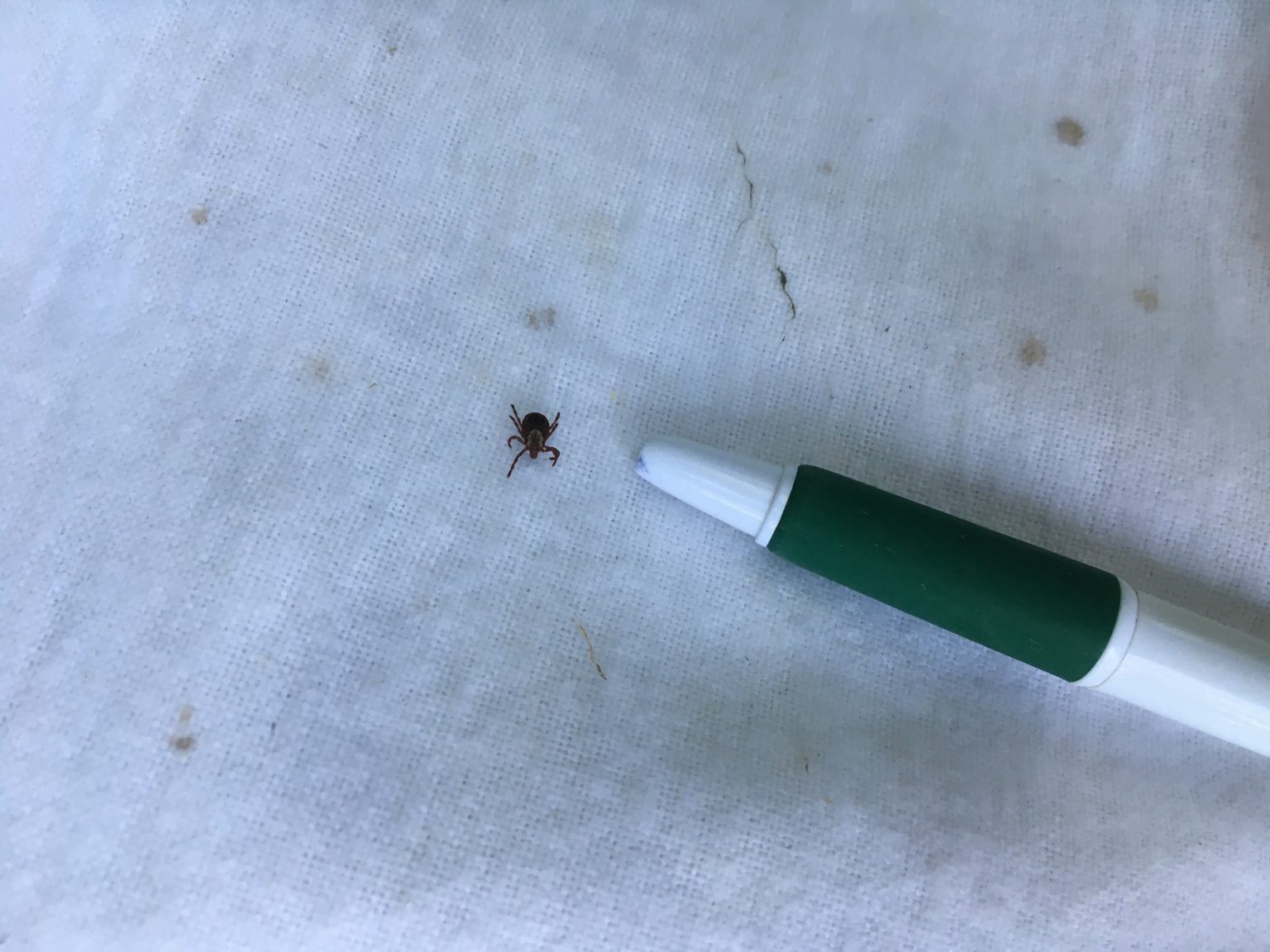TickZoo is more than just a term; it’s a fascinating yet alarming world where tiny creatures can have a massive impact on human and animal health. Imagine this – you’re out enjoying nature, hiking through lush forests or lounging in your backyard, and suddenly you find a tick attached to your skin. It’s not just creepy; it’s potentially dangerous. Ticks are vectors for serious diseases like Lyme disease, Rocky Mountain spotted fever, and many others. But what exactly is TickZoo, and why should you care? Let’s dive in and uncover the truth behind this hidden menace.
Nowadays, people are becoming more aware of the dangers lurking in the great outdoors. Ticks might seem harmless at first glance, but they’re actually one of the most underestimated threats to public health. TickZoo refers to the diverse range of ticks and the diseases they carry. It’s like a mini-ecosystem that thrives in grassy areas, forests, and even urban parks. Understanding TickZoo is crucial if you want to protect yourself and your loved ones from tick-borne illnesses.
In this article, we’ll explore everything you need to know about TickZoo, from the types of ticks to the diseases they spread and how you can prevent tick bites. Whether you’re a nature enthusiast, a pet owner, or simply someone who wants to stay safe, this guide is packed with valuable information. So, buckle up and get ready to learn about the world of ticks and how you can keep them at bay!
- Is Dr David Jeremiah Still Alive The Truth Behind The Question
- How Tall Is Miguel Love Island Discover The Height And More About This Reality Star
What Exactly is TickZoo?
TickZoo might sound like a fun concept, but it’s actually a serious topic that deserves attention. At its core, TickZoo refers to the ecosystem of ticks and the diseases they carry. These tiny arachnids may be small, but their impact is anything but. Ticks are vectors for numerous diseases, making them a significant public health concern. But how did TickZoo become such a big deal, and why should you care?
The Growing Prevalence of Tick-Borne Diseases
Over the past few decades, the prevalence of tick-borne diseases has skyrocketed. According to the Centers for Disease Control and Prevention (CDC), cases of Lyme disease alone have increased significantly in the United States. This trend isn’t limited to one region; ticks are spreading across the globe, bringing diseases with them. The reasons behind this expansion are complex, ranging from climate change to habitat destruction.
Types of Ticks in TickZoo
Not all ticks are created equal. In fact, there are several species of ticks, each with its own unique characteristics and disease-carrying potential. Here are some of the most common ticks you might encounter in TickZoo:
- News Anchors Salaries The Inside Scoop On What They Really Earn In 2023
- Macomb Daily Obituary Archives A Journey Through Lives Remembered
- Deer Tick (Ixodes scapularis): Known for spreading Lyme disease, this tick is commonly found in the northeastern and midwestern United States.
- American Dog Tick (Dermacentor variabilis): This tick is responsible for transmitting Rocky Mountain spotted fever and tularemia.
- Lone Star Tick (Amblyomma americanum): Famous for its distinctive white dot, this tick can cause alpha-gal syndrome, a red meat allergy.
Why TickZoo Matters to You
So, why should you care about TickZoo? The answer is simple: ticks can have a profound impact on your health and the health of your pets. Tick-borne diseases are not only painful but can also lead to long-term complications if left untreated. Understanding TickZoo is the first step toward protecting yourself and your loved ones.
Risk Factors for Tick-Borne Illnesses
Some people are more at risk of encountering ticks than others. If you live in an area with dense forests, grasslands, or even suburban parks, you’re more likely to come into contact with ticks. Activities like hiking, camping, and gardening also increase your exposure. Additionally, if you have pets that spend time outdoors, they can bring ticks into your home, putting everyone at risk.
The Global Impact of TickZoo
TickZoo isn’t just a local issue; it’s a global concern. Ticks have been found in every continent except Antarctica, and their populations are growing. Climate change is playing a significant role in this expansion, as warmer temperatures allow ticks to thrive in areas where they previously couldn’t survive. This means that even if you live in a city, you’re not entirely safe from TickZoo.
Understanding Tick-Borne Diseases
One of the most alarming aspects of TickZoo is the diseases these tiny creatures carry. From Lyme disease to alpha-gal syndrome, the list of tick-borne illnesses is long and varied. Let’s take a closer look at some of the most common diseases associated with ticks.
Lyme Disease: The Silent Epidemic
Lyme disease is one of the most well-known tick-borne illnesses, and for good reason. It’s caused by the bacterium Borrelia burgdorferi, which is transmitted through the bite of infected ticks. Symptoms can include fever, fatigue, headache, and a characteristic bull’s-eye rash. If left untreated, Lyme disease can lead to severe joint pain, neurological problems, and heart complications.
Rocky Mountain Spotted Fever: A Dangerous Threat
Rocky Mountain spotted fever is another serious tick-borne disease. It’s caused by the bacterium Rickettsia rickettsii and can be life-threatening if not treated promptly. Symptoms include high fever, headache, nausea, and a rash that typically starts on the wrists and ankles. Early diagnosis and treatment are crucial for a positive outcome.
Alpha-Gal Syndrome: The Meat Allergy You Never Knew Existed
Alpha-gal syndrome is a relatively new and bizarre condition caused by the Lone Star tick. People who develop this syndrome become allergic to red meat and other mammalian products. The allergy is triggered by a sugar molecule called alpha-gal, which is found in the meat of mammals. Symptoms can range from mild itching to severe anaphylaxis.
How to Protect Yourself from TickZoo
Now that you know the dangers of TickZoo, it’s time to take action. Protecting yourself from ticks is easier than you think, and it starts with a few simple precautions.
Dress to Impress – and Repel Ticks
When heading outdoors, especially in tick-prone areas, dress appropriately. Wear long sleeves, pants, and closed-toe shoes. Tucking your pants into your socks can also help prevent ticks from crawling up your legs. Consider wearing light-colored clothing, as it makes ticks easier to spot.
Use Tick Repellents Wisely
Tick repellents are a powerful tool in the fight against TickZoo. Look for products containing DEET, picaridin, or permethrin. Apply these repellents to your skin and clothing, following the instructions carefully. For added protection, treat your outdoor gear with permethrin spray.
Check Yourself Regularly
After spending time outdoors, perform a thorough tick check. Pay special attention to areas like your scalp, armpits, and groin, as ticks love to hide in warm, moist places. If you find a tick attached to your skin, remove it carefully with tweezers, making sure to grasp it as close to the skin as possible.
Ticks and Pets: A Dangerous Duo
Pets are an important part of many families, but they can also be unwitting carriers of ticks. If your furry friend spends time outdoors, they’re at risk of bringing ticks into your home. Here’s how you can protect your pets from TickZoo.
Preventative Measures for Pets
Talk to your veterinarian about tick preventative medications for your pets. These medications can help kill ticks before they have a chance to transmit diseases. Additionally, regularly check your pets for ticks, especially after they’ve been outside. Brushing your pet’s fur can also help dislodge any ticks that may be hiding.
Tick-Proof Your Yard
Your yard can be a breeding ground for ticks if you’re not careful. Keep your grass trimmed, remove leaf litter, and create a barrier between wooded areas and your lawn using wood chips or gravel. These simple steps can help reduce the tick population in your yard, keeping both you and your pets safer.
TickZoo and Climate Change
Climate change is having a profound impact on TickZoo. Warmer temperatures and changing weather patterns are allowing ticks to expand their range and thrive in areas where they previously couldn’t survive. This means that even if you live in a city or a region that was once tick-free, you’re now at risk.
The Role of Urbanization
Urbanization is another factor contributing to the spread of TickZoo. As cities expand into rural areas, habitats are disrupted, forcing wildlife and ticks into closer proximity with humans. This increases the likelihood of tick encounters and the transmission of tick-borne diseases.
Future of TickZoo Research
Scientists around the world are working tirelessly to understand TickZoo better. From developing new tick repellents to studying the diseases they carry, researchers are making significant strides in the fight against ticks. But there’s still much to learn, and continued research is essential for protecting public health.
Innovative Solutions on the Horizon
Some of the most exciting research focuses on innovative solutions to combat TickZoo. For example, scientists are exploring the use of genetically modified ticks that are unable to transmit diseases. Additionally, new diagnostic tools are being developed to detect tick-borne illnesses earlier, improving treatment outcomes.
Conclusion: Take Action Against TickZoo
In conclusion, TickZoo is a growing concern that affects people and animals worldwide. Understanding the types of ticks, the diseases they carry, and how to protect yourself is crucial for staying safe. By taking simple precautions like wearing protective clothing, using tick repellents, and checking yourself and your pets regularly, you can significantly reduce your risk of encountering ticks.
Don’t let TickZoo ruin your outdoor adventures. Take action today and share this article with your friends and family to spread awareness. Together, we can make a difference and keep TickZoo under control. Stay safe, stay informed, and enjoy the great outdoors with confidence!
Table of Contents
- What Exactly is TickZoo?
- The Growing Prevalence of Tick-Borne Diseases
- Types of Ticks in TickZoo
- Why TickZoo Matters to You
- Risk Factors for Tick-Borne Illnesses
- The Global Impact of TickZoo
- Understanding Tick-Borne Diseases
- Lyme Disease: The Silent Epidemic
- Rocky Mountain Spotted Fever: A Dangerous Threat
- Alpha-Gal Syndrome: The Meat Allergy You Never Knew Existed
- How to Protect Yourself from TickZoo
- Dress to Impress – and Repel Ticks
- Use Tick Repellents Wisely
- Check Yourself Regularly
- Ticks and Pets: A Dangerous Duo
- Preventative Measures for Pets
- Tick-Proof Your Yard
- Ethan And Hila Klein The Power Couple Redefining Youtube Content
- Macomb Daily Obituary Archives A Journey Through Lives Remembered


